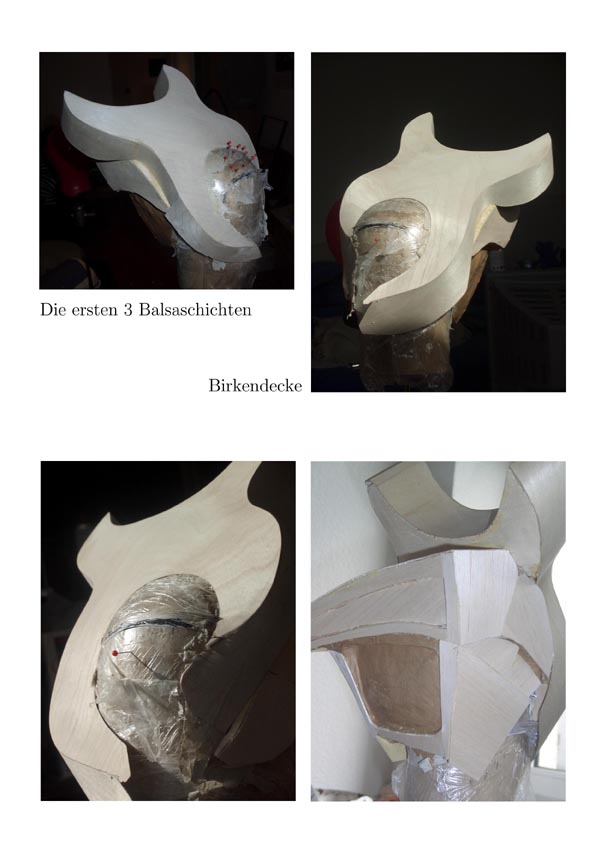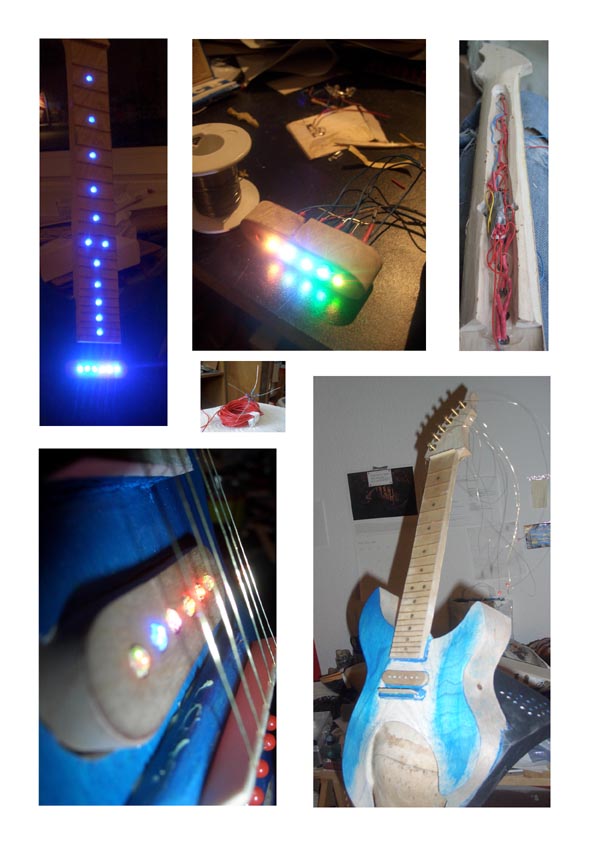You don't need a quad opamp (074) to do a fullwave detector comp. It is easily doable with a 072, second opamp being used as inverter. I -made- and used such fullwave det. things ... some 20yr ago..
In your present config/schem, all the second opamp in 072 does is sitting there being a "virtual ground" Vcc/2 generator, which is not needed in a simple circuit like that. Except that it will eat batteries twice as fast compared to what would a single 071 eat. Namelly, a single 071 is all what this circuit really -needs- ...
For a comp that is plugged into a guitar amp, a fullwave detector is absolutelly not needed.
For a bass instrument (DI'ed) or bus compressing, that's another story, but as I said, I found it passable on bass if a halfwave det. was used -but- done in-phase..
Other thing I found on bass was that the distortion-cancelation on FET killed the vibe, so I removed it on the unit that I used. I think I still have some small proto PCBs somewhere. The "final units" "evaporated"..
In your present config/schem, all the second opamp in 072 does is sitting there being a "virtual ground" Vcc/2 generator, which is not needed in a simple circuit like that. Except that it will eat batteries twice as fast compared to what would a single 071 eat. Namelly, a single 071 is all what this circuit really -needs- ...
For a comp that is plugged into a guitar amp, a fullwave detector is absolutelly not needed.
For a bass instrument (DI'ed) or bus compressing, that's another story, but as I said, I found it passable on bass if a halfwave det. was used -but- done in-phase..
Other thing I found on bass was that the distortion-cancelation on FET killed the vibe, so I removed it on the unit that I used. I think I still have some small proto PCBs somewhere. The "final units" "evaporated"..






